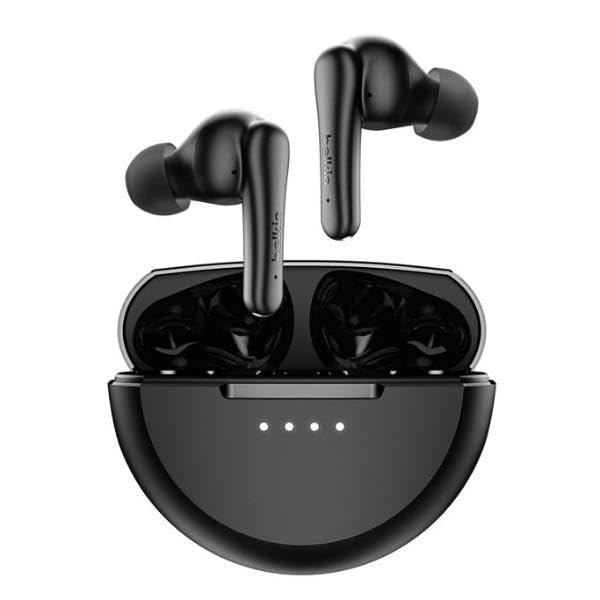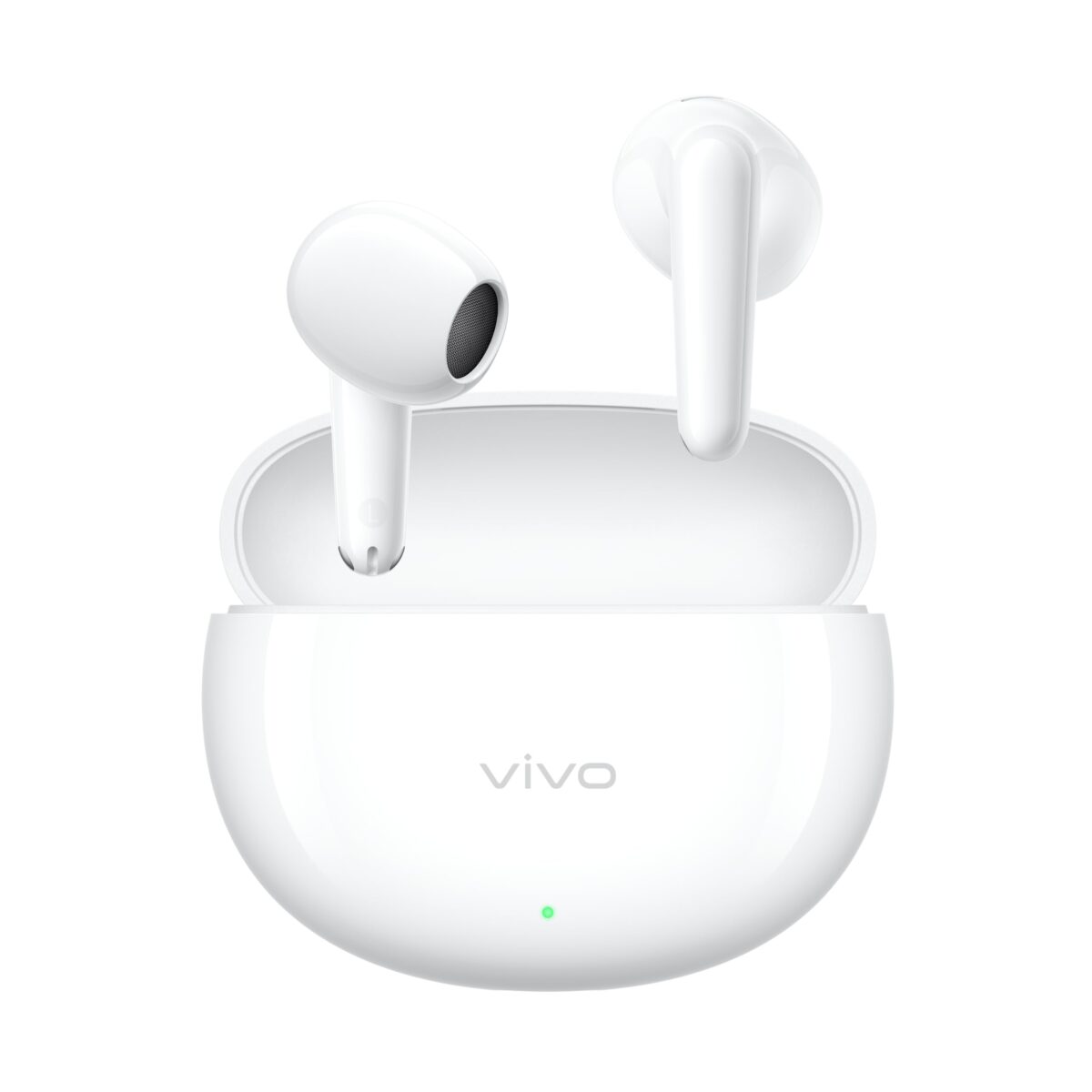Google Penalized $55 Million for Anti-Competitive Actions in Australia
Brief Overview
- Google penalized $55 million by the Federal Court of Australia for anti-competitive actions.
- Deals with Telstra and Optus to preload Google Search on Android devices were ruled unlawful.
- Google assisted in the probe and acknowledged anti-competitive practices.
- Telstra and Optus opted not to renew these deals after they conclude in 2024.
- The ruling paves the way for alternative search engines to compete on Android devices.
Federal Court’s Ruling and Its Consequences
The Federal Court of Australia has levied a $55 million penalty on Google after determining that its agreements with Australian telecom firms Telstra and Optus violated competition regulations. These agreements involved having Google’s search engine preloaded on Android devices, which was ruled as anti-competitive by the court.
The Australian Competition and Consumer Commission (ACCC) instigated the legal proceedings, emphasizing that Telstra and Optus profited from advertising revenues linked to Google Search usage on these devices. This verdict highlights the significance of fair competition within Australia’s market economy, as noted by ACCC deputy chair Mick Keogh.
Google’s Reaction and Future Pledges
Google has complied with the ACCC’s investigation and recognized its participation in anti-competitive actions. The tech giant has agreed to a legally binding commitment to eliminate any pre-installed default search engine constraints from future agreements with Android device manufacturers and telecommunications companies.
A representative from Google conveyed contentment with addressing the ACCC’s issues and underscored the company’s commitment to granting greater flexibility to Android device producers. This aims to foster innovation and competition while ensuring affordability.
Effects on the Telecom Industry
While Telstra and Optus were not directly involved in the court case, they have agreed to let their agreements with Google lapse after their end in 2024. This resolution potentially opens opportunities for other search options, including those driven by artificial intelligence, to vie for pre-installation on Android devices in Australia.
Keogh pointed out that this result, along with Google’s commitments and those from the telcos, could result in an expanded choice of search options for millions of Australians.
Conclusion
In a significant ruling, the Federal Court of Australia has fined Google $55 million for anti-competitive actions linked to preloaded search engines on Android devices. This ruling, triggered by the ACCC, seeks to cultivate a more competitive landscape within the technology sector. Google has cooperated with the inquiry and pledged to provide additional flexibility to Android device manufacturers. The verdict sets the stage for alternative search engines to enter the Australian market.
Q&A
Q: What prompted the Federal Court of Australia to fine Google?
A: Google was fined $55 million for making agreements with Telstra and Optus to preload its search engine on Android devices, which was classified as anti-competitive.
Q: In what way did Telstra and Optus gain from the agreements with Google?
A: Telstra and Optus received a portion of advertising revenues from Google Search activity on preloaded devices, which the ACCC deemed anti-competitive.
Q: What commitments has Google made following the court’s decision?
A: Google has committed to eliminating pre-installed default search engine restrictions, offering increased flexibility to Android device manufacturers.
Q: What implications does this decision have for other search engines?
A: The ruling potentially enables other search options, including those enhanced by AI, to contend for pre-installation on Android devices, providing users with more choices.
Q: Will Telstra and Optus extend their agreements with Google?
A: No, Telstra and Optus have decided not to renew their agreements with Google once they reach their expiration in 2024.










